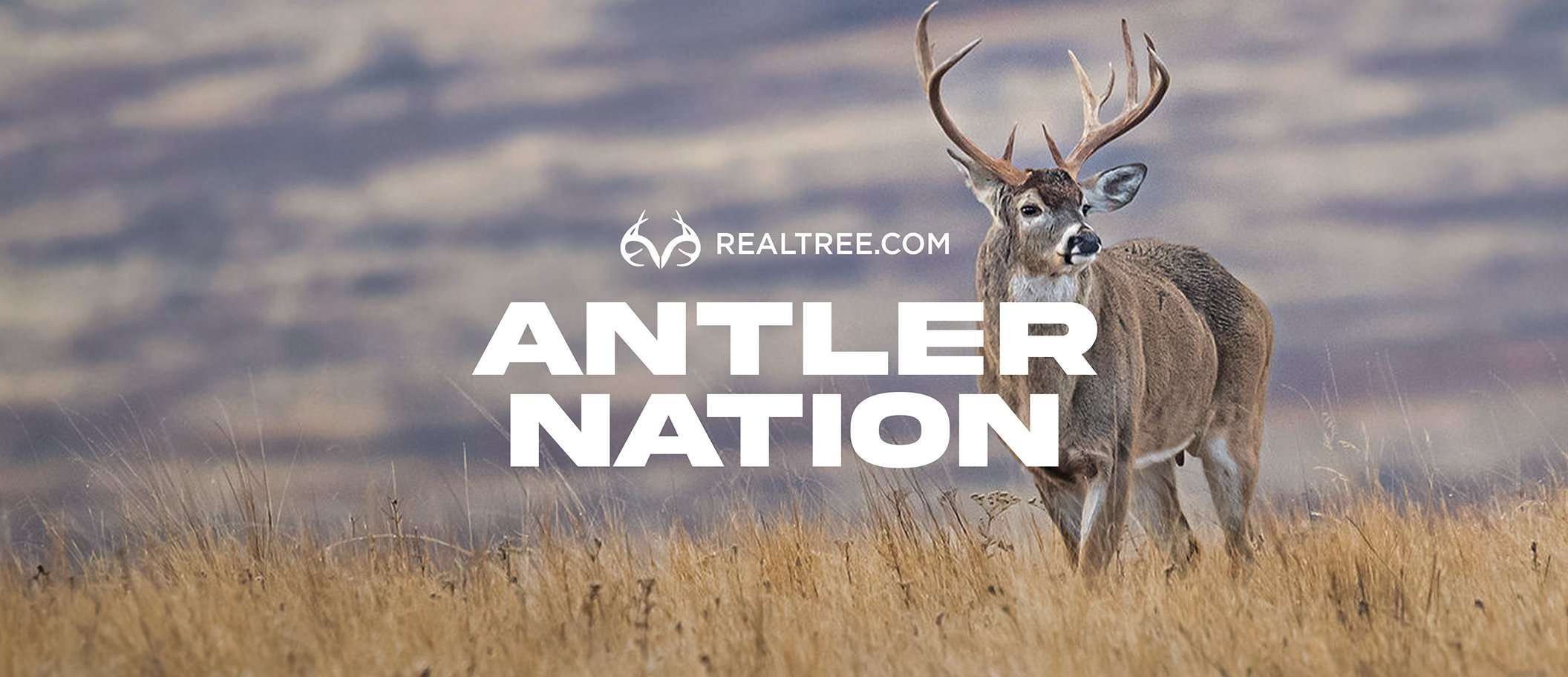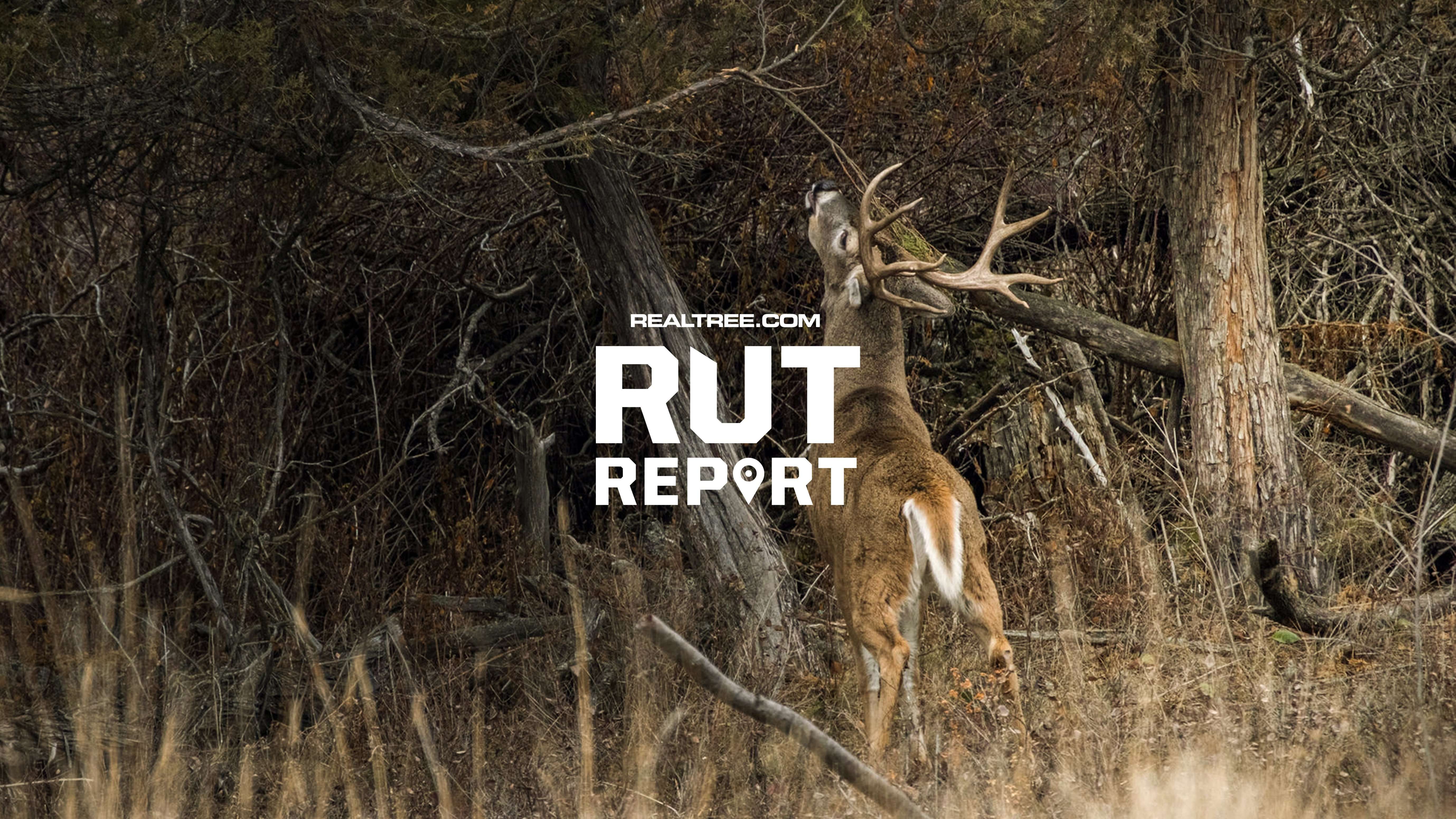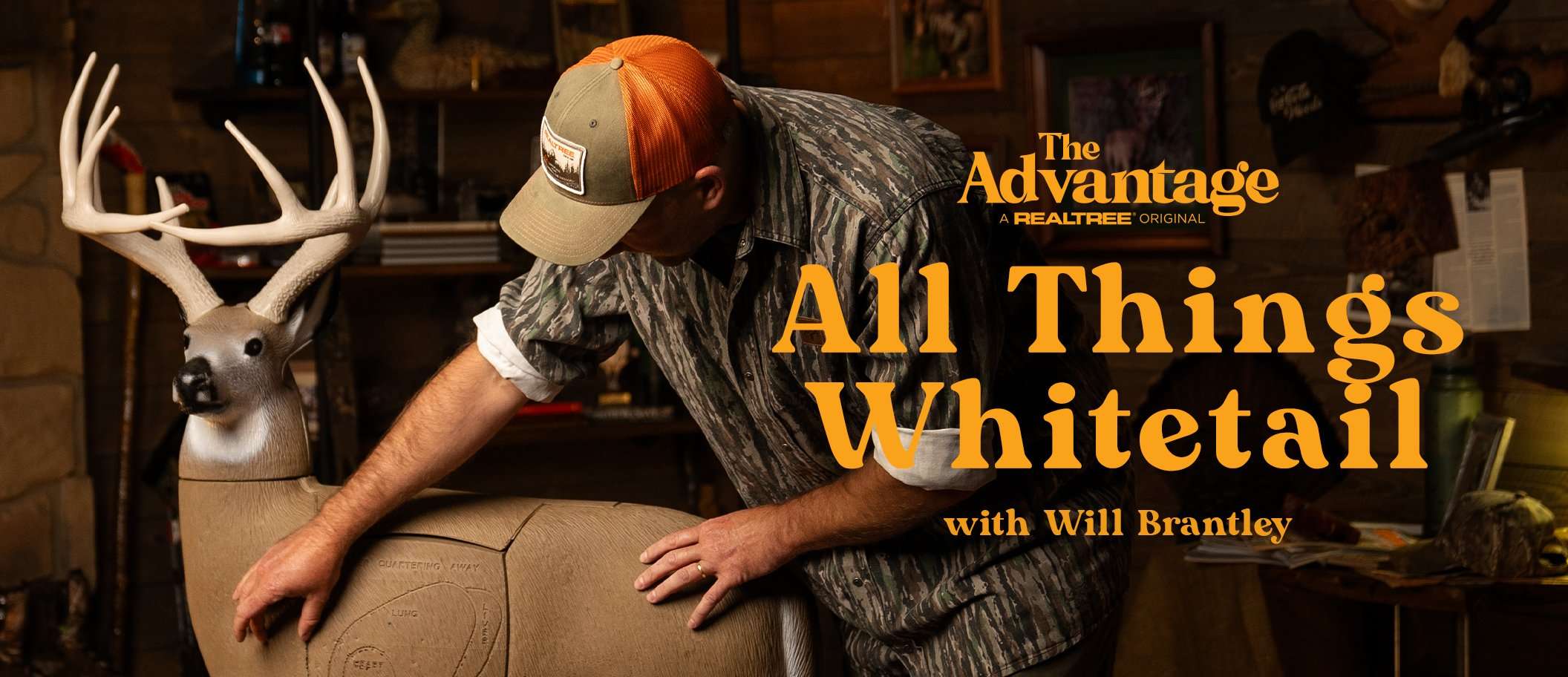Enjoy 15% off
Subscribe to our newsletter and get 15% on your first purchase and received news, promotions, and latest products delivered to you in your inbox.
*Note, some restrictions apply to discount for dropship brands and items already marked down*.
Offer good for one redemption. You can unsubscribe at any time.
Please read the terms and conditions
Get Exclusive Offers
News, promotions, and latest products, delivered to you in your inbox. You can unsubscribe at any time.
Realtree is committed to providing an inclusive and accessible experience to everyone, including those with disabilities.
©2024 Jordan Outdoor Enterprises, Ltd. All rights reserved.












